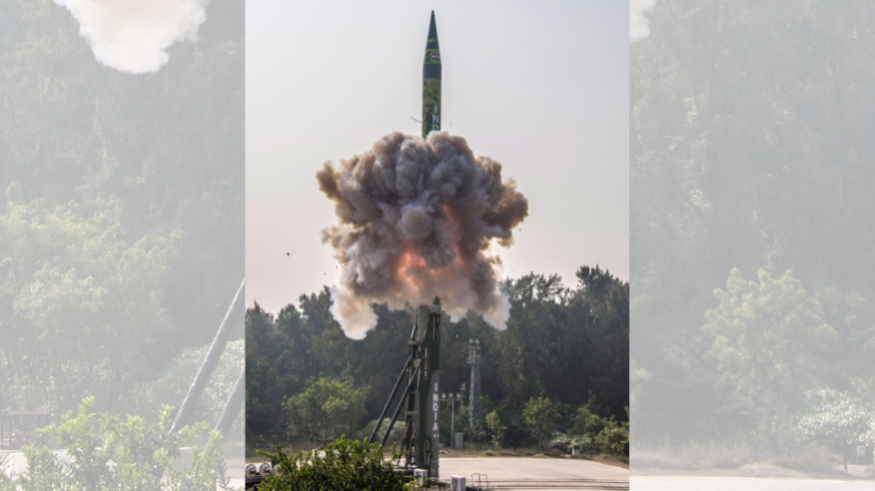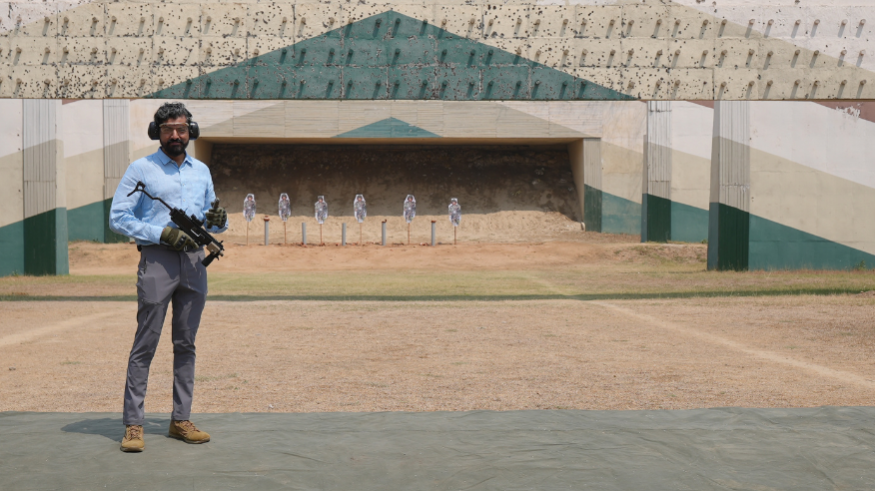Hypersonic Agni-5 bunker buster variants in development
The DRDO is developing two conventionally-armed variants of the Agni-5 Intermediate Range Ballistic Missile (IRBM). The Agni-5 has a range of over 5000 km and is currently the longest-legged missile in India’s strategic missile inventory. It carries nuclear warheads, either as a single warhead weapon or multiple warheads. DRDO officials confirmed there were two conventionally armed warhead versions in development - an airburst version using fuel air explosives to destroy surface targets and a deep penetrator version to destroy buried targets.
Both versions are being developed by the Armaments Research Development Establishment (ARDE), the DRDO’s Pune-based conventional weapons research laboratory.
The airburst version has completed some trials but the deep penetrator version is yet to be tested.
Each conventionally armed Agni-5 will have a range of around 2500 km and an 8- ton warhead in the re-entry vehicle. The Agni-5 has a hypersonic terminal speed of between Mach 8 and Mach 20. This speed depends on a variety of factors like powered phase duration, angles of attack and re-entry angles.
This warhead would have a greater explosive force than the US GBU-57 aka Massive Ordnance Penetrator (MOP) which has a 2.4 ton warhead. The US dropped 12 deep penetrator MOPs to destroy Iran’s deeply buried Fordow nuclear enrichment site in Iran under Operation Midnight Hammer on June 22.
The Agni-5 conventional variant is significant because it offsets India’s lack of a conventional deep-penetration bomber which can drop large payloads at extended ranges. Russia’s Tu-160 ‘Blackjack’ bomber for instance has an unrefuelled range of over 12,000 km and can carry 45 tons of weapons. The IAF is considering leasing at least 6 Tu-160s from the Russian Federation, but this lease has been postponed due to the ongoing war in Ukraine.
The conventionally armed Agni-5 will be in the Oreshnik class of hypersonic ballistic missiles adapted to conventional use. The Oreshnik is a version of Russia’s RS-26 Rubezh IRBM. Its first combat use was recorded in November 21, 2024 when the Russian Federation used a single missile to strike at a target in Dnipro, Ukraine.
The US uses another conventional bomb, the GBU-43 Massive Ordnance Airburst (MOAB) and the GBU-57 MOP to achieve similar effects. In 2017, the US had dropped a MOAB from a C-130 transport aircraft at an ISIS base in Nangarhar province, Afghanistan.















Comments